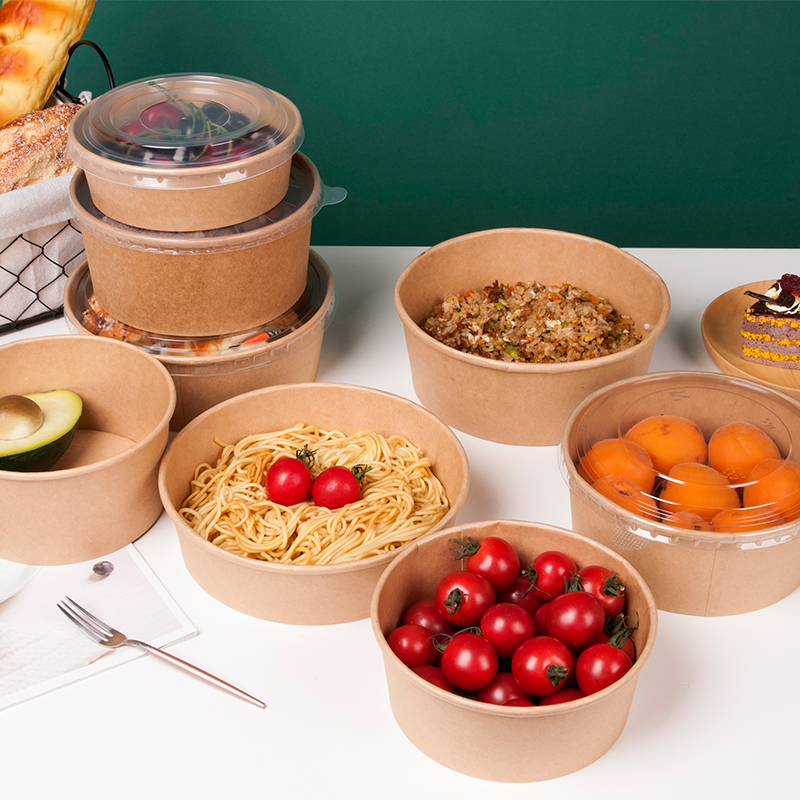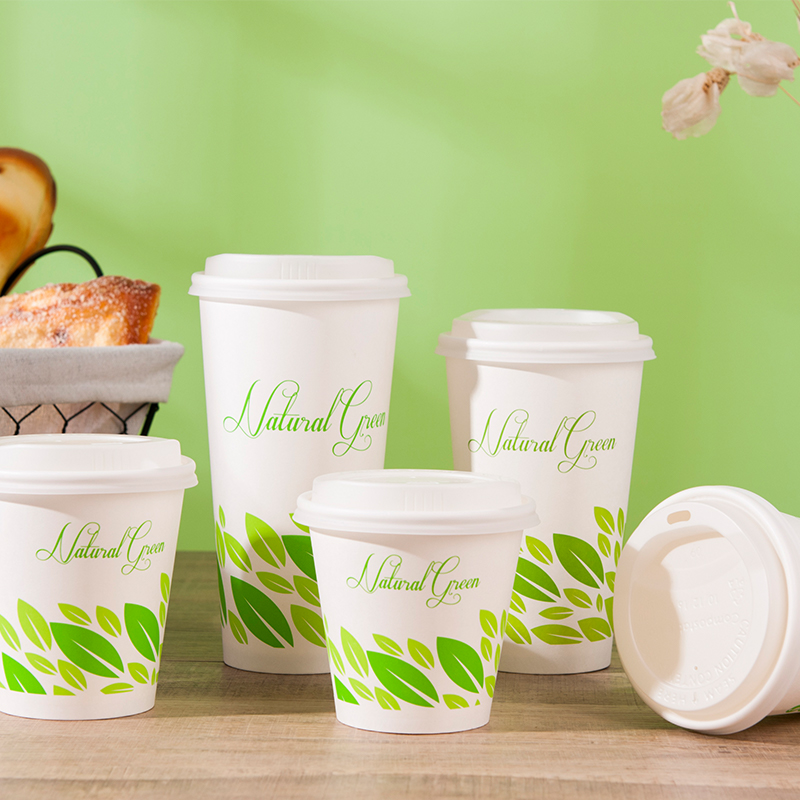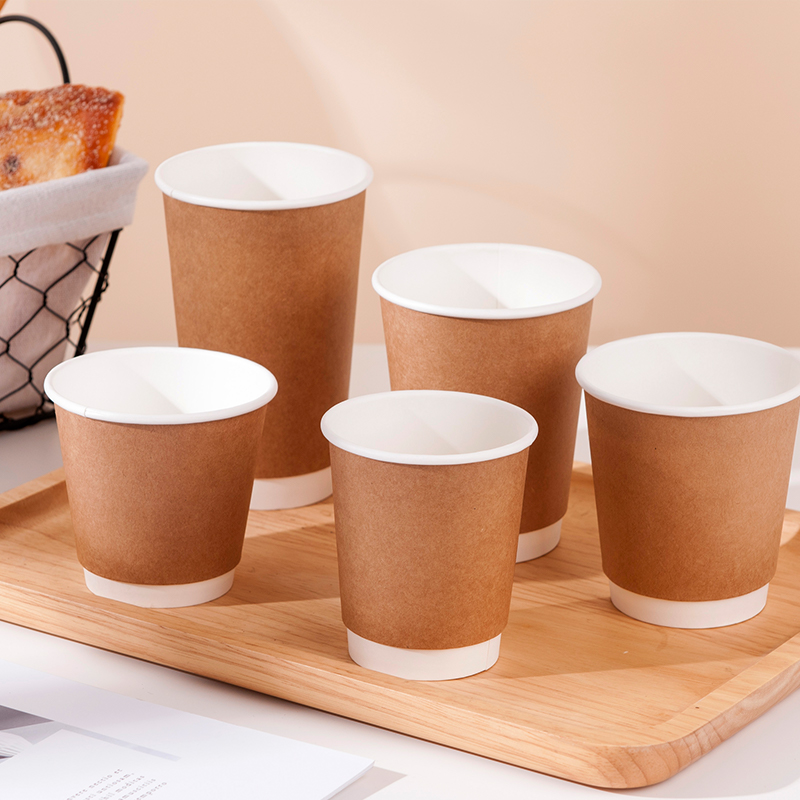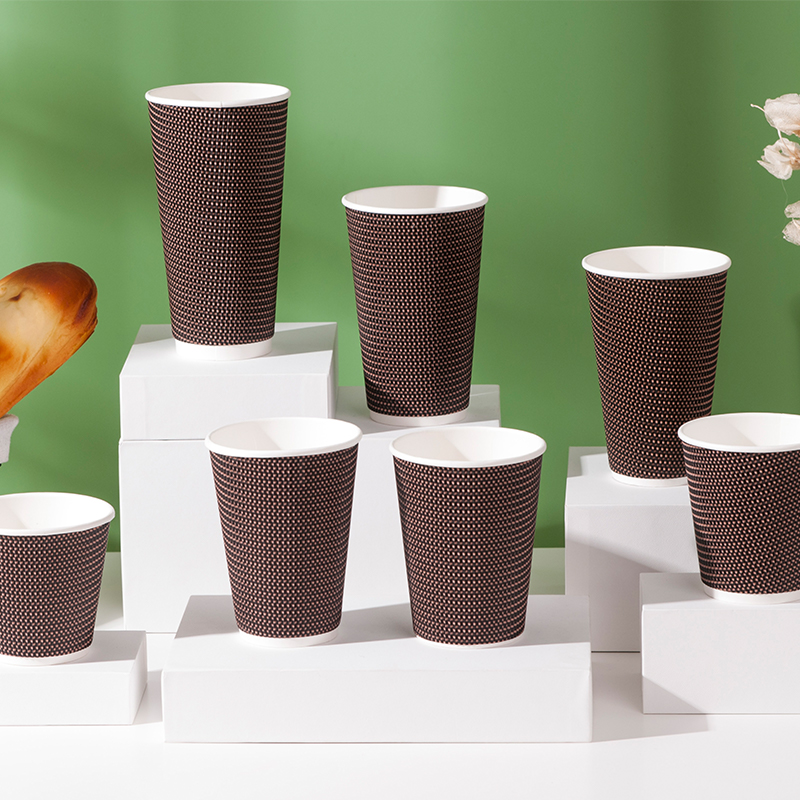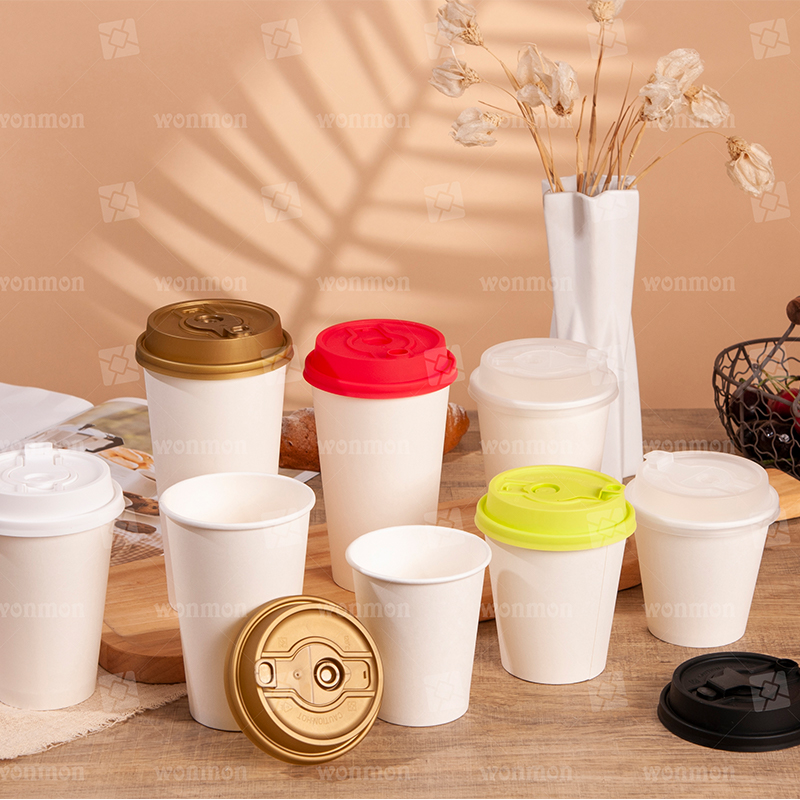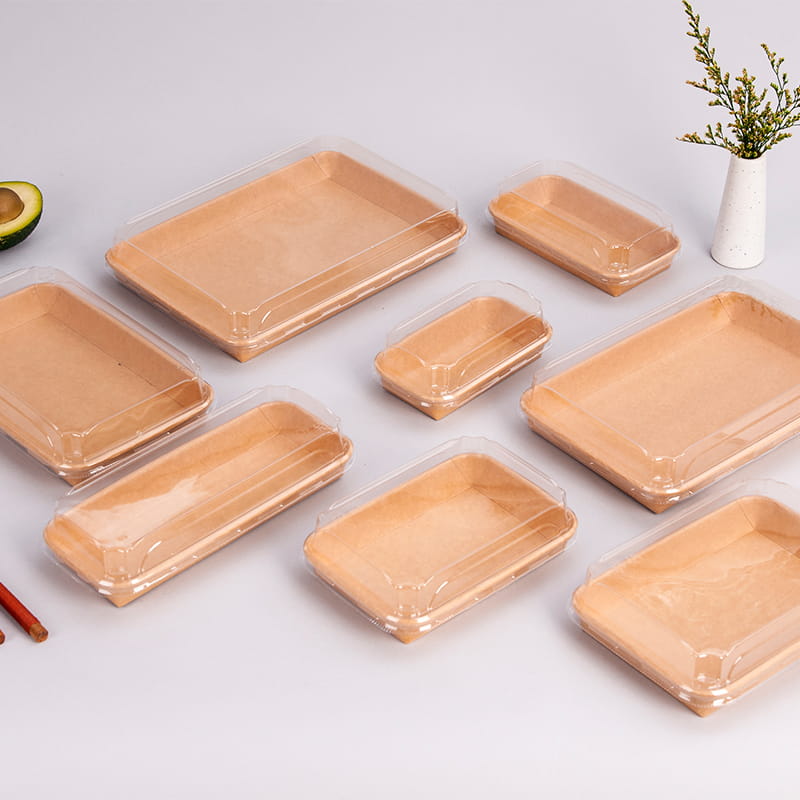Designing leakproof cup lids that are easy to use and provide a secure seal is crucial to ensure a positive user experience and prevent spills or leaks. Here are the main considerations when designing such cup lids:
Material Selection:
Choose materials that are food-safe, durable, and able to maintain their integrity under various temperature conditions. Common materials for cup lids include polyethylene (PE), polypropylene (PP), and thermoplastic elastomers (TPE).
Sealing Mechanism:
Consider the sealing mechanism carefully. Popular options include snap-on lids, screw-on lids, and press-fit lids. The mechanism should be intuitive and easy to use.
Sealing Gasket or O-Ring:
Incorporate a sealing gasket or O-ring made from food-safe, flexible materials like silicone or TPE. This component creates a tight seal between the lid and the cup, preventing leaks.
Spill-Resistant Design:
Ensure that the lid has a spill-resistant design, such as a sipper hole with a cover or a flip-top cap. This design allows users to control the flow of liquids while reducing the risk of spills.
Ease of Opening and Closing:
Make sure that the lid is easy to open and close, especially with one hand. Consider adding ergonomic features like textured grips or thumb tabs for ease of handling.
Securing Mechanism:
If the lid has a securing mechanism (e.g., a latch or lock), ensure that it is simple and effective, providing audible and tactile feedback to users when it is properly sealed.
Ventilation:
Incorporate ventilation holes or slots, particularly for hot beverages, to allow steam to escape without causing pressure buildup. Ensure these vents do not compromise the seal.
Compatibility:
Design lids that are compatible with a range of cup sizes or types, allowing them to fit securely on different containers from the same brand.
Ease of Cleaning:
Consider lid designs that are easy to disassemble for cleaning and reassembly. User-friendly cleaning features are essential for maintaining hygiene.
Tamper-Evident Features:
If necessary, incorporate tamper-evident features to assure consumers that the product has not been opened or tampered with before purchase.
Environmental Considerations:
Consider eco-friendly materials and designs, such as recyclable or compostable options, to align with sustainability goals.
User Testing:
Conduct user testing to gather feedback on the lid's usability and seal effectiveness. This feedback can help refine the design for better user satisfaction.
Regulatory Compliance:
Ensure that the lid design complies with relevant food safety and regulatory standards in the region where it will be used.
Durability and Longevity:
Design lids to withstand repeated use without compromising the seal. Consider the expected lifespan of the lid and the number of open-close cycles it can endure.
Aesthetics and Branding:
Balance functionality with aesthetics and branding elements to create a visually appealing and recognizable lid design.
Production Efficiency:
Consider the manufacturability of the lid design to ensure it can be efficiently produced at scale while maintaining quality.



 English
English 中文简体
中文简体


